
Where Travel Meets Timeless Beauty
Not all train stations are just places to catch your ride. Some are architectural icons that embody history, culture, and ambition. Enter Beaux Arts train stations built between the late 19th and early 20th centuries when railroads were reshaping cities and governments wanted architecture to reflect progress and pride.
With their grand symmetry, domes, colonnades, and monumental halls, these stations turned everyday travel into a cinematic experience. From New York’s Grand Central Terminal to Milan’s Centrale, Beaux Arts architecture made infrastructure feel permanent, civic, and inspiring.
“Beaux Arts stations were designed as gateways not just to cities, but to the future,” says Prof. Alexandra Lee, an architectural historian at the Metropolitan Museum of Art.
1. Grand Central Terminal, New York
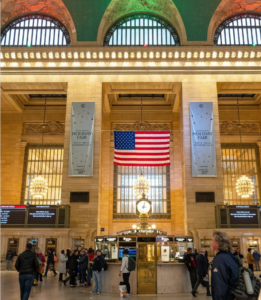
No list of Beaux Arts train stations is complete without Grand Central Terminal. Opened in 1913, it remains a cultural symbol of New York City.
- Highlights:
- The turquoise ceiling painted with constellations
- A 125-foot-high concourse framed by arches
- Frequent appearances in films like North by Northwest and The Avengers
Fun fact: More than 750,000 commuters and tourists pass through Grand Central daily, making it not just a landmark but also a living piece of the city.
2. Milano Centrale, Milan
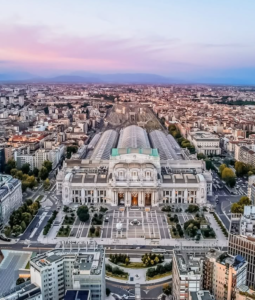
Completed in 1931, Milano Centrale is both Beaux Arts and Fascist monumentalism in stone.
- Facade: Nearly 700 feet wide, with statues and bas-reliefs
- Interior: Soaring halls mixing efficiency with grandeur
- Vibe: A balance of elegance and power
Today, it’s one of Europe’s busiest railway hubs, handling over 320,000 passengers daily, proving that beauty and functionality can coexist.
3. Antwerpen-Centraal, Antwerp
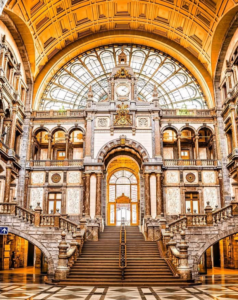
Dubbed the “Railway Cathedral,” Antwerpen-Centraal (1905) is a Belgian masterpiece.
- Beaux Arts dome with marble interiors
- Iron-and-glass train hall, making it a mix of tradition and modernity
- Frequently named among the world’s most beautiful stations
“It’s the kind of station where you pause before boarding because the building itself is worth the journey,” notes Belgian architect Luc Van Hove.
4. Union Station, Toronto
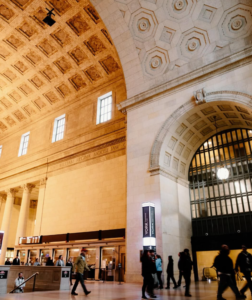
Toronto’s Union Station (1927) perfectly embodies Beaux Arts principles with Canadian flair.
- Monumental colonnade that greets travelers
- Coffered Great Hall, echoing Roman basilicas
- Vaulted ceilings symbolizing permanence and pride
After major renovations, Union Station is now both Canada’s busiest transit hub and a heritage icon right in the heart of downtown Toronto.
5. Musee d’Orsay, Paris

Originally built as Gare d’Orsay for the 1900 Paris Exposition, this station transformed into one of the world’s most beloved museums.
- Original Beaux Arts design: limestone façade and barrel-vaulted hall
- Rebirth in 1986: reopened as Museee d’Orsay, housing Impressionist masterpieces
- Lesson in adaptability: proof that Beaux Arts architecture is timeless
6. Union Station, Washington, D.C.
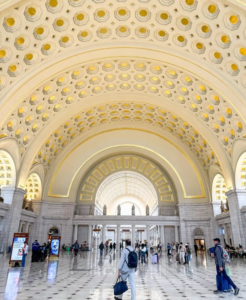
Designed by Daniel Burnham and completed in 1907, Union Station is the American embrace of Beaux Arts.
- Monumental arcaded façade
- Allegorical sculptures symbolizing progress
- Roman-inspired interiors, making arrivals feel imperial
This station reflects the City Beautiful movement after Chicago’s 1893 World’s Fair, which made Beaux Arts the gold standard for civic buildings in the U.S.
Why Beaux Arts Train Stations Still Inspire
- Cultural Icons: They appear in films, postcards, and art.
- Civic Pride: Represent stability and ambition.
- Functional Beauty: They remain working hubs, blending efficiency with artistry.
For Gen Z and Millennial travelers, these stations are more than just transit stops—they’re part of the destination.
“Visiting these stations is like stepping into living history. They remind us that architecture has the power to elevate even the most everyday journey,” says travel writer Mia Alvarado of Condé Nast Traveler.


